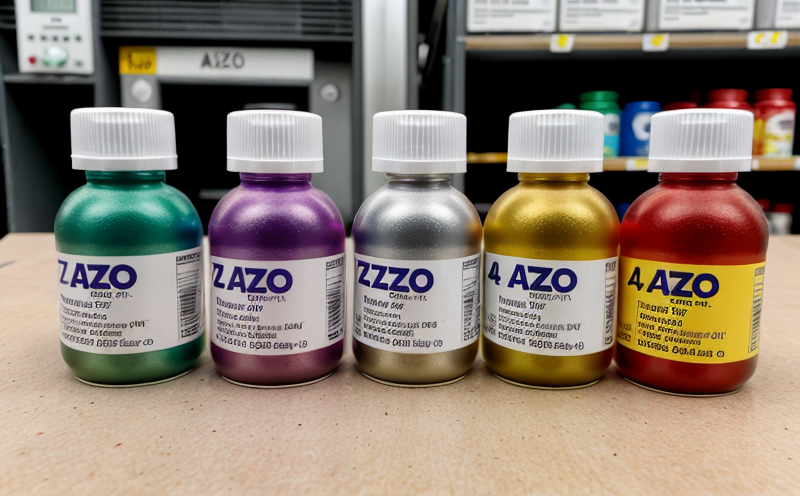EN 16711-2 Determination of lead release in fabrics and garments
The European standard EN 16711-2 specifies the method for determining the amount of lead that can be released from textiles during wear. This test is crucial for ensuring products meet regulatory requirements, especially regarding safety standards like REACH (Registration, Evaluation, Authorisation and Restriction of Chemicals) which aims to protect human health and the environment from the risks that may be posed by substances used in manufacturing.
The determination of lead release is part of a broader suite of textile testing aimed at identifying harmful elements such as chromium, nickel, cobalt, and cadmium. In clothing products, particularly for children's wear or items made with leather, it’s essential to ensure that any potentially hazardous levels of lead are kept below the permissible limits set by legislation.
The methodology outlined in EN 16711-2 involves simulating real-life conditions where textiles come into contact with human skin. Samples undergo mechanical abrasion and washing cycles, mimicking how a garment might be used during typical wear and wash cycles. After this process, the extract is analyzed for lead content.
The test procedure requires precise sample preparation. Typically, fabric swatches are cut to standard dimensions before undergoing abrasion using a specified sandpaper and washing in an aqueous solution at 30°C for two hours. The extraction step is critical as it directly influences the accuracy of the results. Once extracted, the lead content is measured using atomic absorption spectroscopy (AAS) or inductively coupled plasma mass spectrometry (ICP-MS).
The test provides valuable insights into the potential risks associated with prolonged skin contact with textiles containing lead. Compliance with EN 16711-2 ensures that products are safe for use, thereby protecting consumers from adverse health effects.
Industry Applications
- Clothing manufacturers ensuring product safety and compliance with regulatory standards.
- Leather goods producers addressing the specific needs of the footwear sector where lead content is a critical concern.
- Retailers guaranteeing their products meet market requirements set by consumer protection organizations.
| Industry Sector | Application Example | Relevant Legislation |
|---|---|---|
| Clothing Manufacturing | Determining lead content in children's clothing to comply with REACH. | REACH, Oeko-Tex Standard 100 |
| Footwear and Leather Goods | Evaluating leather products for compliance with lead release limits specified by EN 16711-2. | EN 16711-2, REACH Annex XVII |
| Retail and Distribution | Sourcing safe and compliant products from suppliers to protect brand reputation. | REACH, ISO standards |
| Sample Preparation Steps | Testing Methodologies | Expected Results |
|---|---|---|
| Cutting fabric to standard dimensions. | Mechanical abrasion and washing cycle simulation. | Lead concentration in the extract measured in µg/L. |
| Washing at 30°C for two hours. | Extraction of lead using AAS or ICP-MS. | Results compared against permissible limits as per EN 16711-2. |
Why Choose This Test
The EN 16711-2 test ensures that textiles comply with stringent international standards, thereby protecting consumers from potential health hazards. By adhering to this method, businesses can avoid costly recalls and legal actions while enhancing their reputation for quality and safety.
This testing process is vital for several reasons:
- Regulatory Compliance: Ensures adherence to REACH regulations which mandate the reduction of harmful substances in consumer products.
- Risk Management: Identifies potential risks early, allowing for proactive measures to be taken before product launch.
- Consumer Trust: Builds confidence among consumers that they are purchasing safe and reliable products.
The accurate and consistent results provided by this test make it an indispensable tool in the quality control arsenal of textile manufacturers, retailers, and suppliers.





